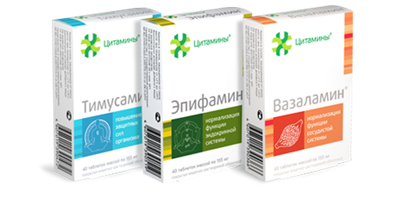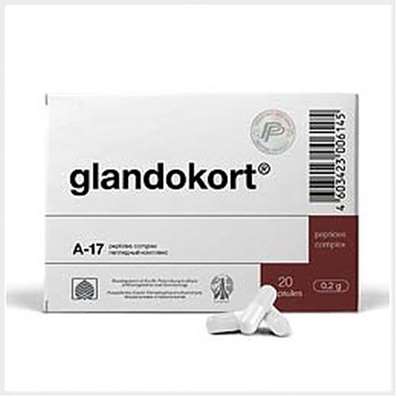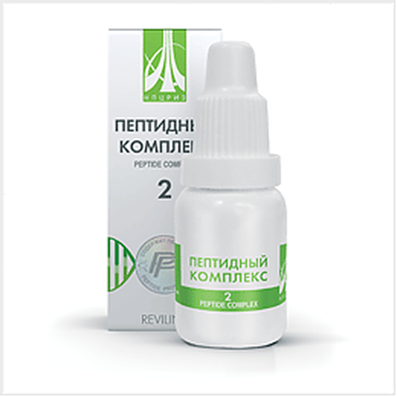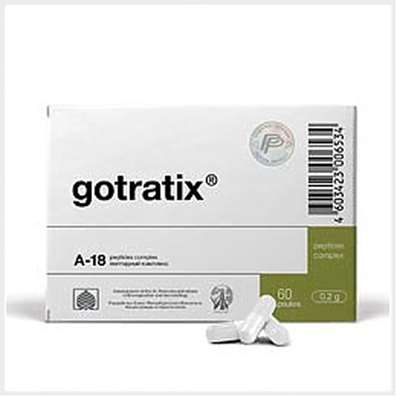Instruction for use: Flupirtine (Flupirtinum)
I want this, give me price
Pharmacological group
Other non-narcotic analgesics, including non-steroidal and other anti-inflammatory drugs
Code CAS 56995-20-1
Pharmacotherapy
A non-opioid analgesic of central action, a selective activator of neuronal K + -channels. Due to the indirect antagonism towards NMDA receptors, which activate the descending mechanisms of pain modulation and GABAergic processes, it has analgesic, miorelaxing and neuroprotective effect. In therapeutic concentrations it does not bind to alpha1 and alpha2-adrenoreceptors, 5HT1 and 5HT2-serotonin, dopamine, benzodiazepine, opioid, and central cholinergic receptors. In therapeutic doses, activates the potential of independent K + channels, which leads to stabilization of the membrane potential of the nerve cell. This inhibits the activity of NMDA receptors (N-methyl-D-aspartate receptors) and, as a consequence, blockade of neural Ca2 + channels, reduction of intracellular Ca2 + current, inhibition of neuronal excitation in response to nociceptive stimuli (analgesia). As a result of these processes, the formation of nociceptive (pain) sensitivity and the phenomenon of "wind up" (augmentation of the neuronal response to repeated pain stimuli) is inhibited, which prevents the increase of pain, its transition to a chronic form, and with the already existing chronic pain syndrome to a decrease in its intensity. It has also been established that the modulating effect of flupirtine on the percept (perception) of pain is realized through the descending noradrenergic system. The muscle relaxant effect is associated with blocking the transmission of excitation to motoneurons and intermediate neurons, resulting in a weakening of muscle tension. Neuroprotective properties of the drug cause the protection of nerve structures from the toxic effect of high concentrations of intracellular Ca2 +, which is associated with its ability to cause blockade of neural Ca2 + channels and reduce the intracellular current of Ca2 +.
Pharmacokinetics
After oral administration, quickly and almost completely (up to 90%) is absorbed into the digestive tract. Metabolised in the liver (up to 75% of the dose) to form the active metabolite M1 (2-amino-3-acetaminino-6- [4-fluoro] -benzylaminopyridine), formed as a result of hydrolysis of the urethane structure and subsequent acetylation. M1 provides an average of 25% of the analgesic activity of flupirtine. Another metabolite (M2) - pharmacologically inactive, is formed as a result of the reaction of oxidation of para-fluorobenzyl, followed by conjugation of para-fluorobenzoic acid with glycine. T1 / 2 - 7 h (10 h for the active substance and metabolite Ml). The concentration of flupirtine in the blood plasma is proportional to the dose. In elderly people (over 65 years) there is an increase in T1 / 2 to 14 hours with a single admission and up to 18.6 hours with admission for 12 days and Cmax of 2-2.5 times, respectively. It is excreted mainly by 69% of the kidneys: 27% in unchanged form, 28% in the form of Ml, 12% in the form of M2, and 1/3 in the form of several metabolites with an unclear structure. A small part is excreted with bile.
Indications
Pain syndrome (acute and chronic): muscle spasm, malignant neoplasms, algodismenorea, headache, post traumatic pain, traumatologic / orthopedic surgeries and interventions.
Contraindications. Hypersensitivity, hepatic insufficiency with the phenomena of encephalopathy, cholestasis, pronounced myasthenia gravis, alcoholism, pregnancy, lactation, age under 18 years.
Carefully
Renal / hepatic insufficiency, hypoalbuminemia, age over 65 years.
Dosing
Inside, not liquid and squeezed a small amount of liquid (100 ml). For 100 mg 3-4 times a day with an equal interval between doses. At the expressed pains - 200 mg 3 times a day. The maximum daily dose is 600 mg.
Patients older than 65 years: at the beginning of treatment, 100 mg 2 times a day (morning and evening). The dose can be increased to 300 mg, depending on the intensity of pain and the tolerability of the drug.
With severe renal failure or hypoalbuminemia, the daily dose should not exceed 300 mg, with severe hepatic insufficiency - 200 mg.
If it is necessary to prescribe higher doses of the drug, the patients are carefully monitored.
The duration of therapy depends on the dynamics of pain syndrome and tolerability.
Side effect
Most often (more than 10%): weakness (15%) at the beginning of treatment.
Often (1-10%): dizziness, heartburn, nausea, vomiting, constipation or diarrhea, flatulence, abdominal pain, dryness of the oral mucosa, anorexia, depression, sleep disorders, sweating, anxiety, nervousness, tremor, headache, diarrhea .
Rarely (0.1-1%): confusion, visual impairment and allergic reactions (hyperthermia, hives and itching).
Very rarely (less than 0.01%); increase in the activity of "liver" transaminases (after the drug is returned to normal), hepatitis (acute or chronic, with or without jaundice, with or without cholestasis).
Overdose
Symptoms: nausea, tachycardia, prostration, tearfulness, confusion, dryness of the oral mucosa.
Treatment
Gastric lavage, forced diuresis, activated charcoal and electrolytes. There is no specific antidote, treatment is symptomatic.
Interaction. Strengthens the action of ethanol, sedative drugs and muscle relaxants.
Due to the fact that flupirtine binds to proteins, it should be taken into account that it can be displaced by other drugs simultaneously taken (it is shown that warfarin and diazepam are displaced by flupirtine from the link with the protein, which, if taken at the same time, may lead to an increase in their action). With the simultaneous administration of flupirtine and coumarin derivatives, it is recommended that Kvik's pro-trombin index be monitored regularly.
With the simultaneous use of flupirtine and drugs, also metabolized in the liver, requires regular monitoring of hepatic enzyme activity.
Combined use of flupirtine and drugs containing paracetamol and carbamazepine should be avoided.
Special instructions
In renal / hepatic insufficiency during the treatment period, the activity of liver enzymes / creatinine concentration in the urine should be monitored.
During the treatment period, false-positive reactions of the test with diagnostic strips for bilirubin, urobilinogen and protein in the urine are possible. A similar reaction is possible with a quantitative determination of the concentration of bilirubin in the blood plasma.
When applying the drug in high doses, in some cases, the color of urine can be marked green, which is not clinically significant.
In case of prescribing during lactation, it is necessary to resolve the issue of stopping breastfeeding for the period of treatment (small amounts of active substance enter breast milk).
During treatment it is necessary to refrain from driving transport and employment by potentially dangerous activities that require an increased concentration of attention and speed of psychomotor reactions.

 Cart
Cart





